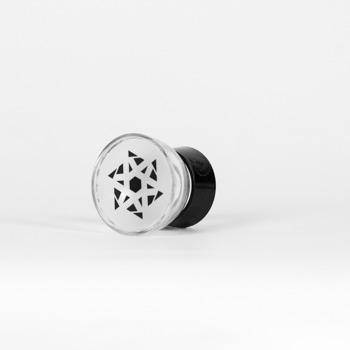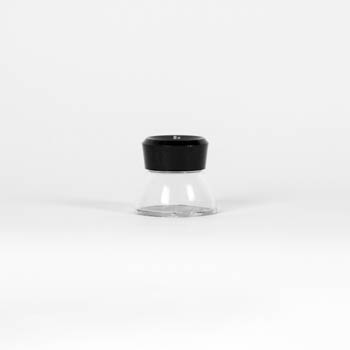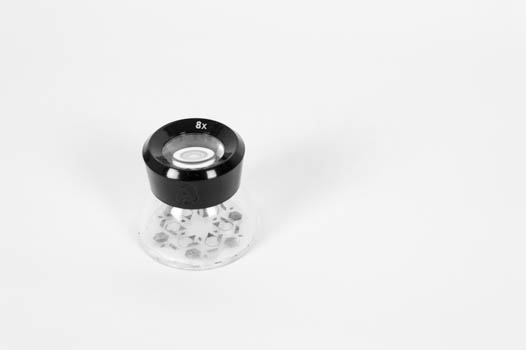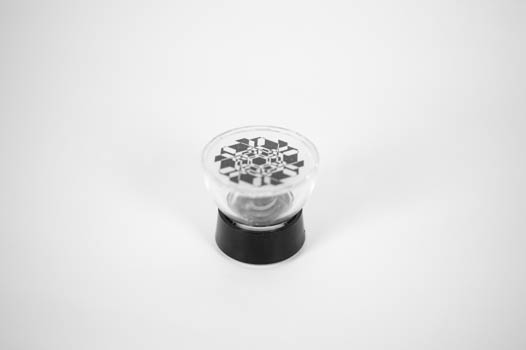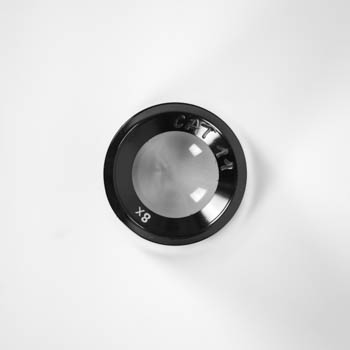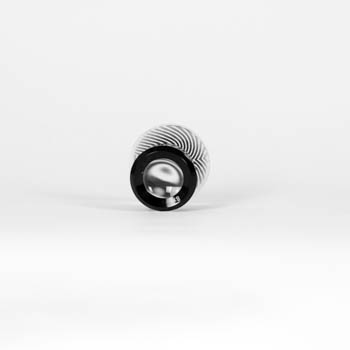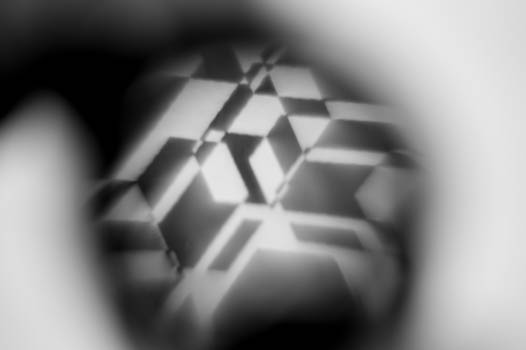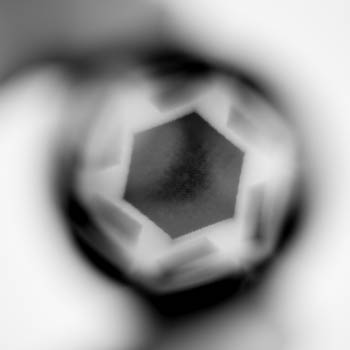Superposition
Question: In a world where art is divided into two categories, black and white on the one hand and colour on the other, is it possible to create a work of art that is both?
A work of art cannot be black and white and coloured at the same time. It seems logical that two mutually exclusive states or facts cannot exist simultaneously. But is it possible to create an artwork that is both? This question was addressed by conceptual artist Amaury Wenger in his project, "Superposition", which was inspired by a thought experiment conducted by the Austrian physicist Erwin Schrödinger.
The physicist and science theorist imagined a cat enclosed in a hermetically sealed, opaque box. The box also contains a radioactive source connected to a device that a 50% chance of killing the cat within the next hour. What is the state of the cat at the end of this hour, he asks? Unless the box is open, there is no way of knowing whether the cat is dead or alive. Erwin Schrödinger suggested: The cat is both dead and alive.
Schrödinger's thought experiment is based on one of the fundamental principles of quantum mechanics: quantum superposition. According to this principle, a quantum system – such as an atom or a particle – can have multiple values for an observable quantity, such as its position or spin. As long as no measurement is made, the system remains in a state of superposition, capable of assuming all possible values. It is only by opening the box and taking a measurement that a single, definite state is defined.
Wenger created a series of interactive artworks based on this principle. To see the artwork, the viewer must hold a device in front of their eyes. This triggers a measurement that determines the state of the artwork. When a viewer looks through the device, their brain interprets the optical signals for the colours according to their surroundings. Until this measurement has been taken, the artwork exists in a superposition state, simultaneously existing as both colour and black and white, like the cat in Schrödinger's box.
This project offers a tangible insight into the complex world of quantum mechanics through an aesthetic experience. At the same time, it raises epistemological questions, as the boundaries between subjectivity and objectivity become blurred in the relationship between the artistic objects and the viewer.


